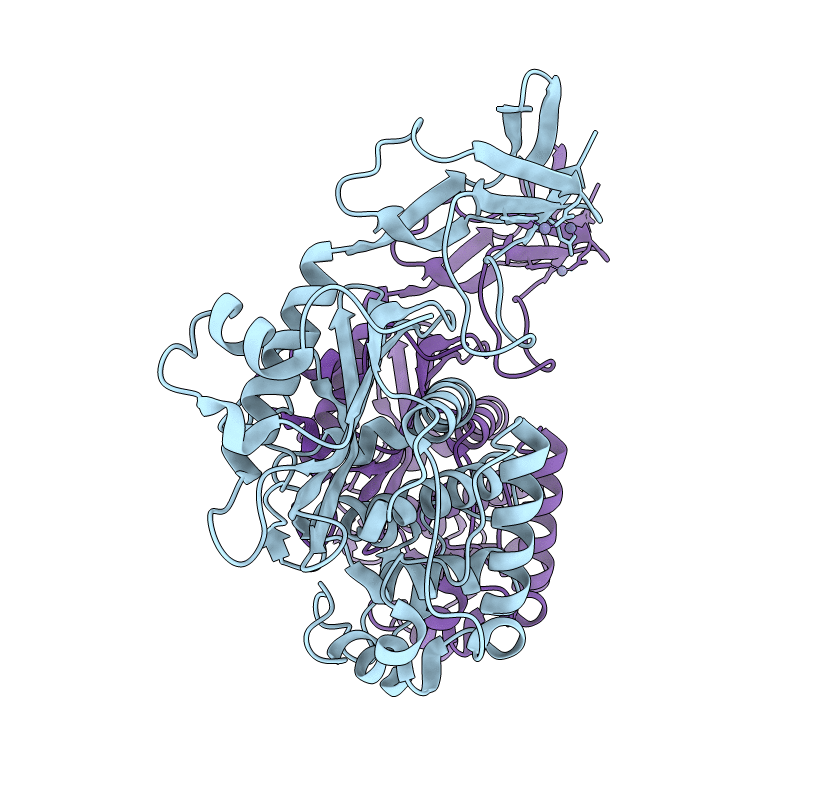
Deposition Date
2018-07-03
Release Date
2018-12-19
Last Version Date
2023-10-11
Entry Detail
PDB ID:
6DZ8
Keywords:
Title:
Crystal structure of S. aureus penicillin binding protein 4 (PBP4) mutant (S75C)
Biological Source:
Source Organism:
Staphylococcus aureus (strain COL) (Taxon ID: 93062)
Host Organism:
Method Details:
Experimental Method:
Resolution:
1.86 Å
R-Value Free:
0.21
R-Value Work:
0.17
R-Value Observed:
0.17
Space Group:
C 1 2 1


